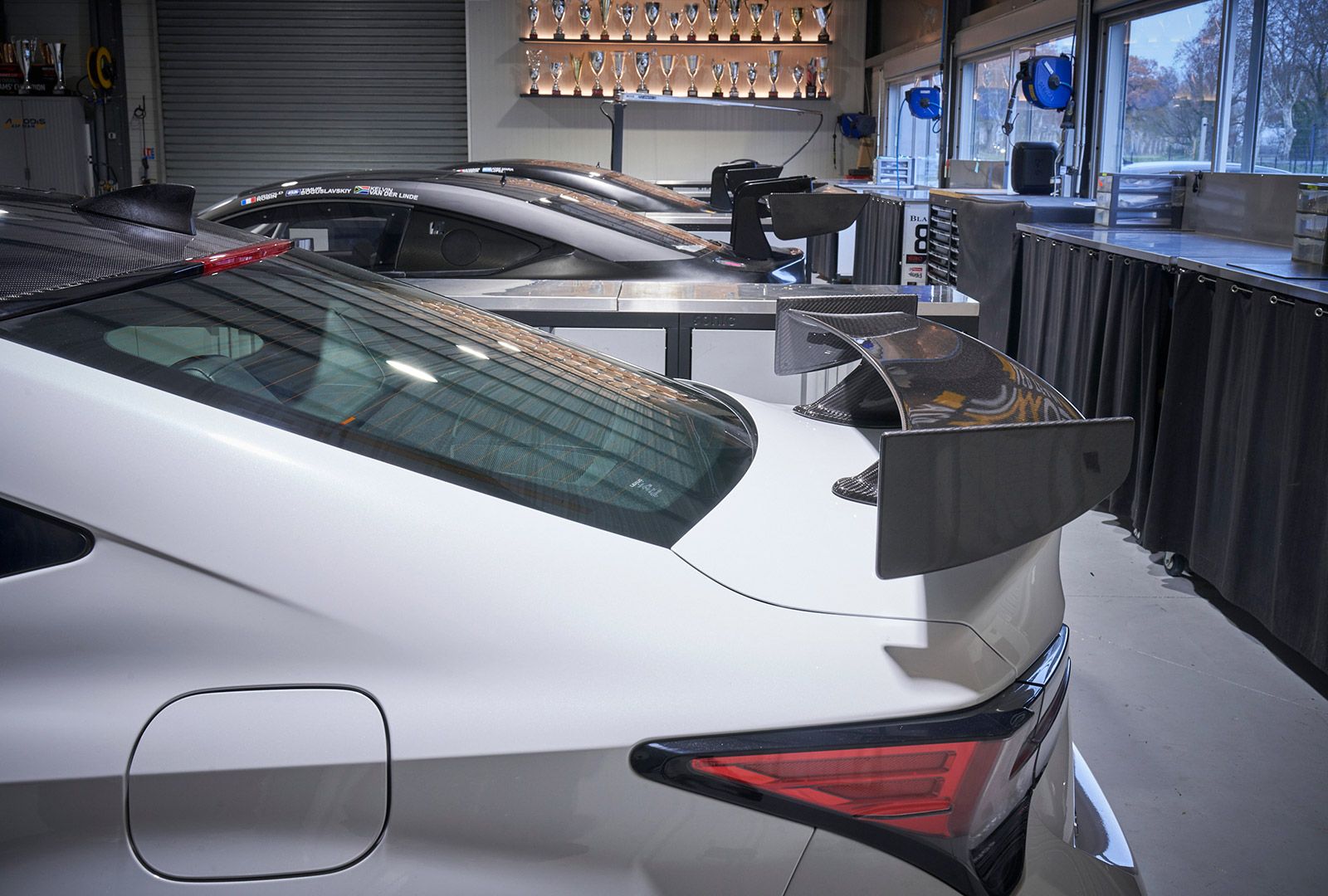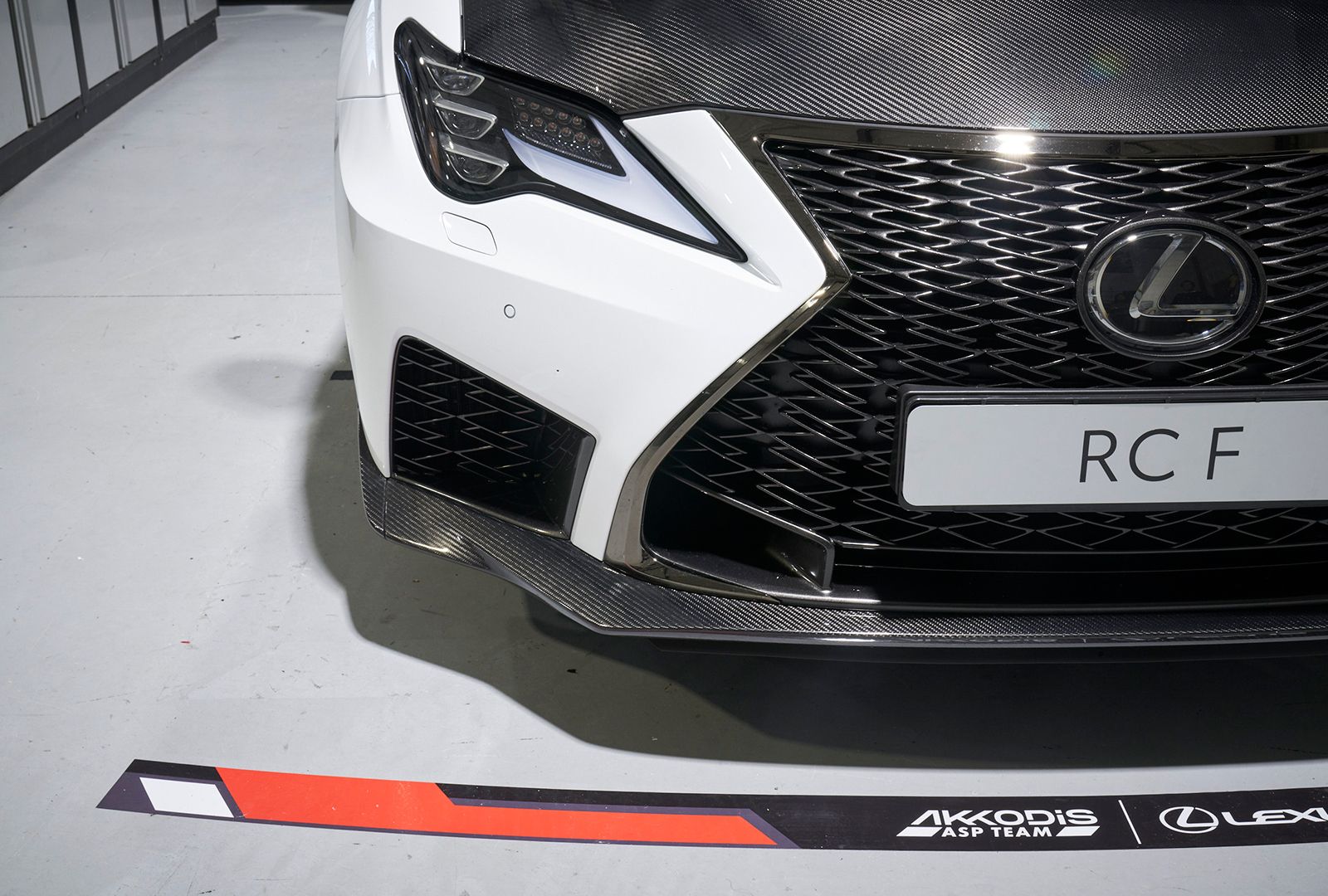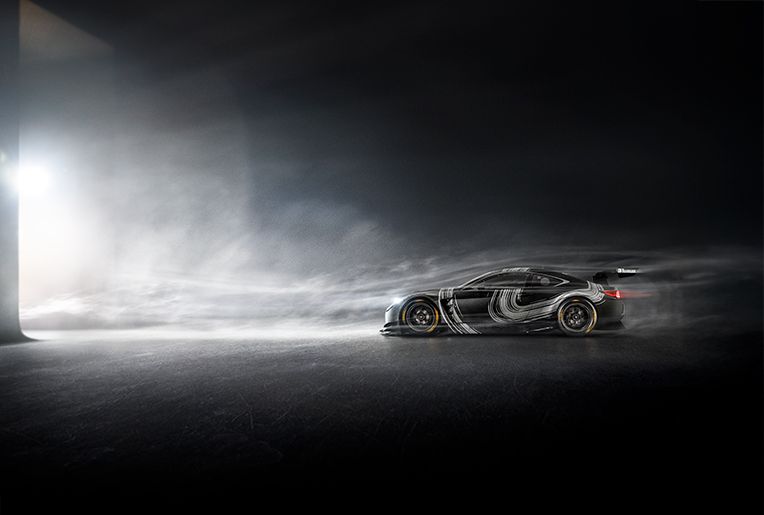AKKODIS ASP Team is readying the Lexus RC F GT3 for the newly established LMGT3 category in the 2024 FIA World Endurance Championship. From their base in Toulouse in the south of France, they will be traveling to race locations in eight countries.
While every race will be an event in its own right, it is the 24 Hours of Le Mans that will be primary draw. Le Mans is quite a distance away from Toulouse, but the two cities are connected by numerous locations that have a deep history with France’s car culture that lie along the route between them. So we’ve decided to embark on a grand tour between the two cities with the Lexus RC F Track Edition.































